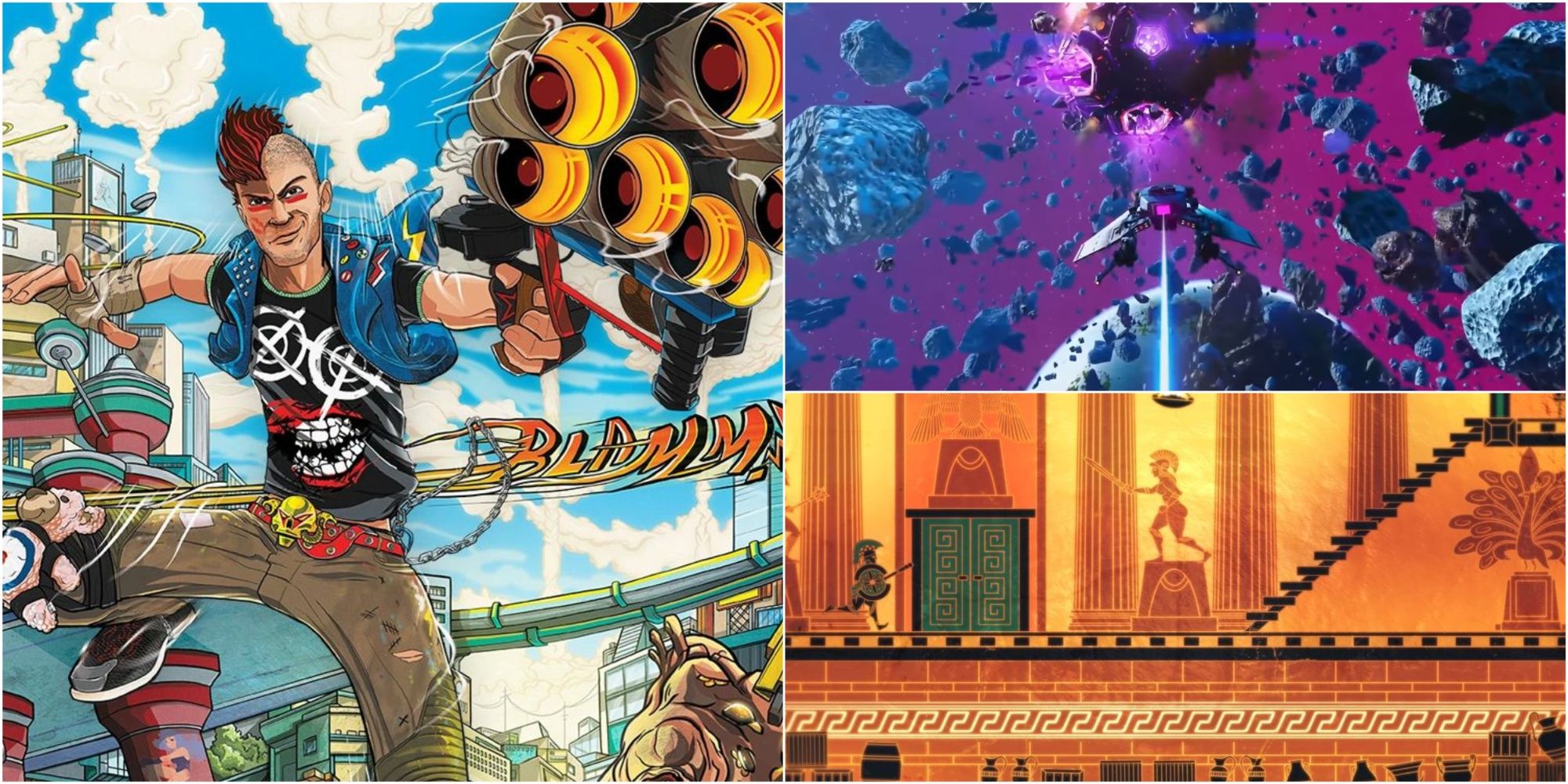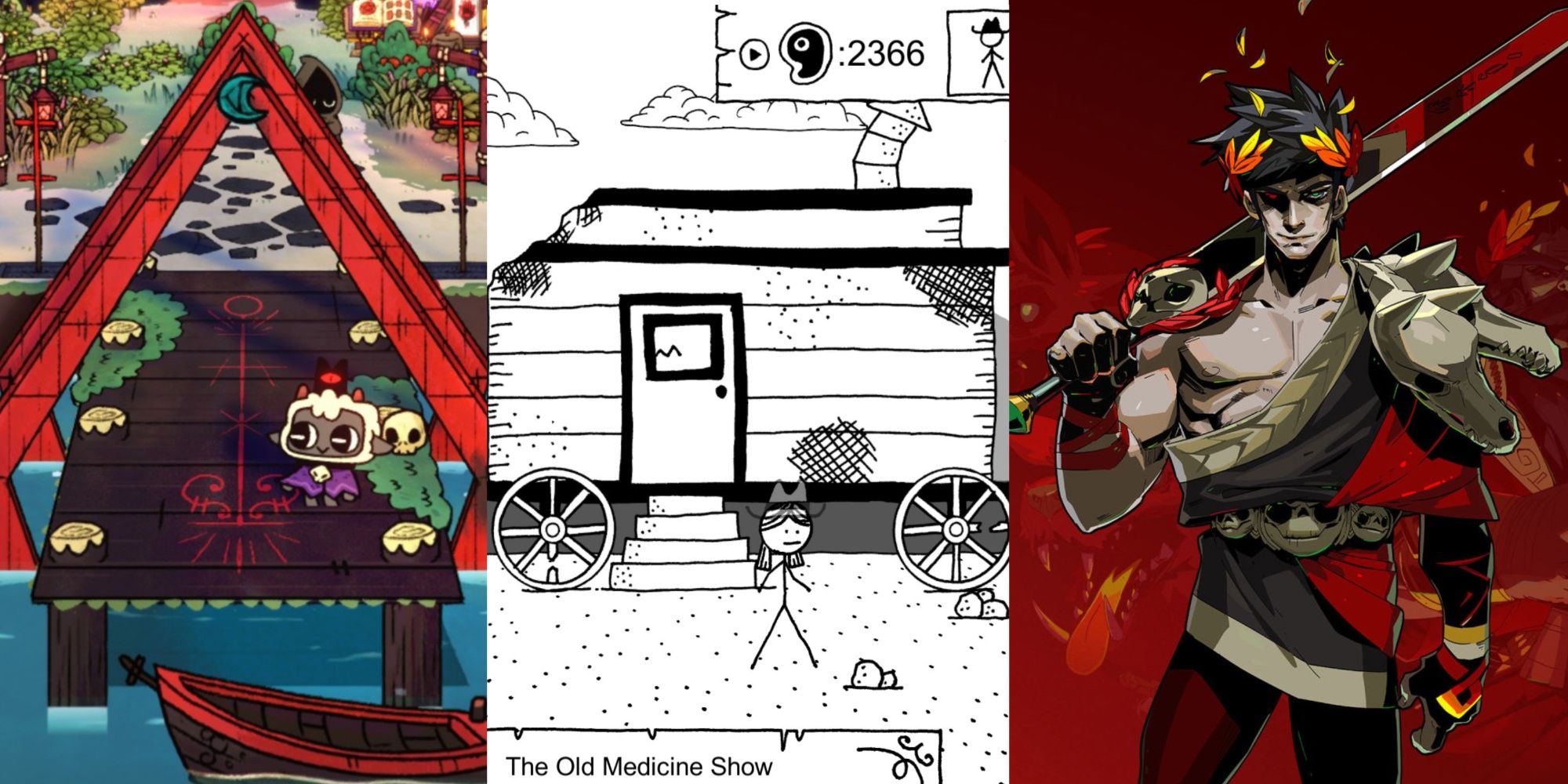
Beyond Pixels and Polygons: Celebrating Animation Games with Unique Art Styles
In the vast and ever-evolving landscape of video games, the pursuit of photorealism often dominates the visual conversation. Yet, amidst the hyper-realistic landscapes and meticulously detailed character models, a vibrant counter-culture thrives: games that embrace animation as a core aesthetic principle. These titles, unbound by the limitations of reality, leverage the power of animation to craft worlds bursting with personality, evoke powerful emotions, and deliver unforgettable experiences. This article will delve into the captivating realm of animation games with unique art styles, exploring how these games transcend mere gameplay mechanics to become interactive works of art.
The Power of Animation: More Than Just a Look
Before diving into specific examples, it’s crucial to understand why animation is such a powerful tool in game development. Unlike realistic graphics, animation allows for exaggeration, stylization, and a complete departure from the constraints of the physical world. This freedom translates into:
- Enhanced Expressiveness: Animated characters can convey emotions and personalities with greater clarity and impact. Exaggerated facial features, fluid body language, and dynamic movements contribute to a richer and more engaging narrative.
- Distinct Visual Identity: A unique animation style immediately sets a game apart, making it instantly recognizable and memorable. This is crucial in a crowded market where standing out is paramount.
- Improved Performance: Depending on the chosen style, animation can be less demanding on hardware than photorealistic graphics, allowing developers to prioritize performance and accessibility across a wider range of platforms.
- Thematic Reinforcement: The art style can perfectly complement the game’s themes and tone. A whimsical, cartoonish style might suit a lighthearted adventure, while a darker, more stylized approach could enhance a horror experience.
- Timeless Appeal: While realistic graphics can quickly become dated, well-executed animation often possesses a timeless quality. Games with strong animation styles tend to age gracefully, retaining their visual charm for years to come.
Exploring the Spectrum of Animation Styles
The beauty of animation lies in its versatility. From hand-drawn masterpieces to innovative uses of 3D technology, the possibilities are endless. Let’s explore some prominent examples of animation games with distinct art styles:
1. Hand-Drawn Elegance:
- Cuphead (Studio MDHR): This run-and-gun shooter is a love letter to the golden age of 1930s animation. Every frame is meticulously hand-drawn and inked, mimicking the style of classic Fleischer Studios cartoons. The game’s rubber hose animation, coupled with its challenging gameplay and jazzy soundtrack, creates a truly unique and unforgettable experience. The sheer dedication and artistry poured into Cuphead’s visuals are awe-inspiring, making it a benchmark for hand-drawn animation in games.
- Don’t Starve (Klei Entertainment): This survival game features a darkly whimsical, hand-drawn art style reminiscent of Tim Burton’s work. The characters are quirky and unsettling, the environments are eerie and atmospheric, and the overall aesthetic contributes to the game’s sense of impending doom. Don’t Starve’s art style is not just visually appealing; it’s integral to the game’s themes of isolation, paranoia, and the struggle for survival.
2. Stylized 3D Animation:
- Guilty Gear Strive (Arc System Works): The Guilty Gear series has long been praised for its innovative use of 3D models to mimic the look of hand-drawn anime. Guilty Gear Strive takes this technique to a new level, featuring incredibly detailed character models, dynamic camera angles, and over-the-top special effects that perfectly capture the energy and excitement of a classic anime fight. The game’s visual style is a testament to the power of 3D animation in creating a visually stunning and engaging fighting game experience.
- Persona 5 (Atlus): This stylish JRPG is renowned for its vibrant color palette, dynamic character designs, and fluid animation. The game’s UI is also a masterpiece of visual design, with menus and transitions that are as visually engaging as the gameplay itself. Persona 5’s art style is a perfect blend of anime aesthetics and modern design principles, creating a visually captivating and unforgettable experience.
- Genshin Impact (miHoYo): This open-world action RPG boasts a stunning anime-inspired art style with vibrant colors, detailed character designs, and breathtaking environments. The game’s character animation is fluid and expressive, bringing the world and its inhabitants to life in a way that few other games can match. Genshin Impact’s visual appeal is a major draw for players, contributing significantly to its immense popularity.
3. Stop-Motion Charm:
- Harold Halibut (Slow Bros.): This narrative adventure game stands out for its unique and painstaking stop-motion animation. Every character and environment is meticulously crafted from physical materials and then brought to life through stop-motion techniques. The result is a visually captivating and emotionally resonant experience that feels both familiar and entirely original. Harold Halibut’s dedication to its unique art style is truly remarkable, making it a standout title in the indie game scene.
4. Pixel Art Reimagined:
- Hyper Light Drifter (Heart Machine): While pixel art is a common sight in indie games, Hyper Light Drifter elevates the style to new heights. The game’s pixelated world is rendered with stunning detail, featuring vibrant colors, intricate environments, and fluid character animation. The game’s visuals are not just aesthetically pleasing; they also contribute to its melancholic atmosphere and sense of isolation. Hyper Light Drifter demonstrates the power of pixel art in creating a visually stunning and emotionally resonant experience.
- Sea of Stars (Sabotage Studio): This turn-based RPG draws inspiration from classic 16-bit JRPGs but with a modern twist. The pixel art is incredibly detailed and vibrant, with fluid character animation and breathtaking environments. The game’s lighting and weather effects are particularly impressive, adding depth and atmosphere to the pixelated world. Sea of Stars is a testament to the enduring appeal of pixel art and its potential for creating visually stunning and engaging games.
5. Rotoscoping Innovation:
- Another World (Delphine Software): A pioneer in cinematic platformers, Another World utilized rotoscoping, a technique where animators trace over live-action footage, to create incredibly realistic and fluid character animations. The game’s minimalist art style, combined with its atmospheric sound design and compelling narrative, created a truly immersive and unforgettable experience. Another World remains a landmark title in video game history, showcasing the power of rotoscoping in creating realistic and expressive character animations.
The Future of Animation in Games
As technology continues to advance, the possibilities for animation in games are only expanding. We can expect to see even more innovative and experimental art styles emerge, pushing the boundaries of what’s possible in interactive entertainment. From AI-assisted animation to real-time procedural animation, the future of animation in games is bright.
Conclusion: Celebrating the Art of Animation
Animation games with unique art styles offer a refreshing alternative to the often-homogenous world of photorealistic graphics. These titles demonstrate the power of animation in creating visually stunning, emotionally resonant, and unforgettable experiences. By embracing stylization, exaggeration, and a departure from reality, these games transport players to worlds that are both captivating and meaningful. As the gaming landscape continues to evolve, it’s crucial to celebrate and support these artistic endeavors, ensuring that the power of animation continues to enrich the world of video games for years to come. These games are not just about playing; they are about experiencing art in a new and interactive way.

